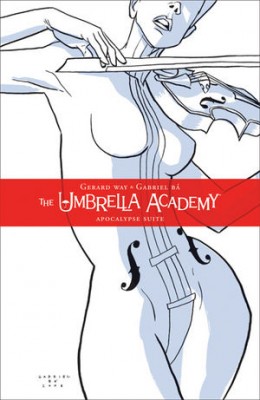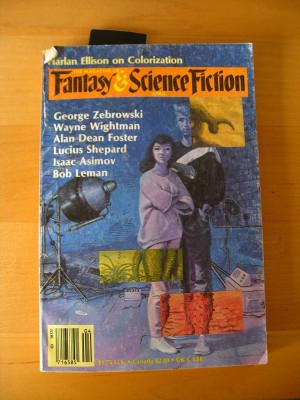My favorite book-news of late! An uncensored edition of The Picture of Dorian Gray has been published, based on Wilde’s original typescript. Some previously snipped and pruned bits: Basil Hallward’s more explicit effusions towards Dorian (“It is quite true I have worshipped you with far more romance of feeling than a man should ever give to a friend”); a sinuously creepy/sexually charged episode in which a stranger pursues Dorian in the street, “passing and repassing him many times;” references to Dorian’s “mistresses;” and other elements that might offend “an innocent woman.”
—–
Ever wondered how all those prodigious sellers on Amazon actually get their books? A Slate contributor unloads his guilt regarding his current profession: trawling used-book sales with a barcode-reading PDA in search of books that can turn a profit online. It’s a pretty depressing read, but says some interesting things about bookselling, reading, and bibliophile culture.
“The book merchant of the high-cultural imagination is a literate compleat and serves the literate. He doesn’t need a scanner, because he knows more than the scanner knows. I fill a different niche—I deal in collectible or meaningful books only by accident. I’m not deep, but I am broad. My customer is anyone who needs a book that I happen to find and can make money from.”
…
“When I work with my scanner and there’s someone else shopping near me who wants to read books, I feel that my energy is all wrong—high-pitched, focused narrowly in the present, and jealous. Someone browsing through books does it with a diffuse, forgetful curiosity, a kind of open reckoning that she learned from reading.”
(emphasis mine, just because I liked the observation so much.)
—–
And my silly overlapping-fandom squee for the week: Cat Valente and Ursula Vernon briefly discuss an aviating capybara.
– E

